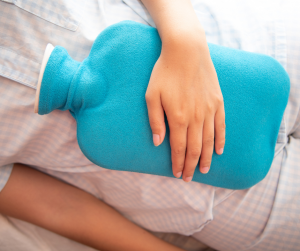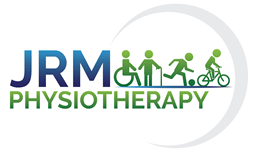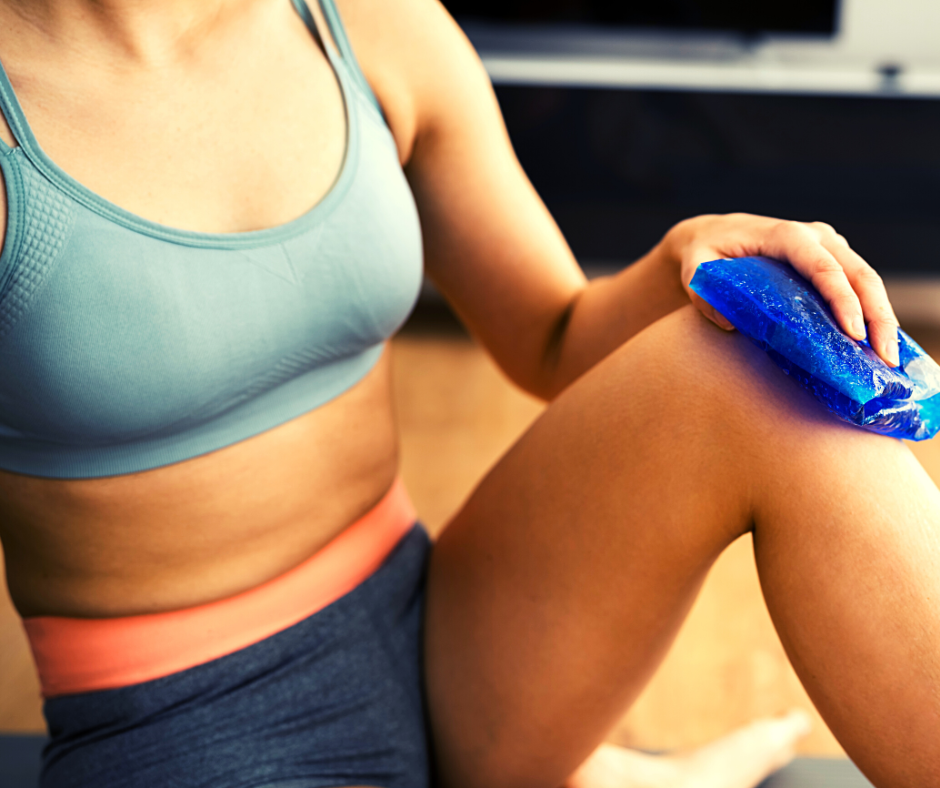Heat or Cold? Which is best for pain and injury?

This is one of the most common questions that physiotherapists get asked. Both heat and cold treatments can be extremely effective for pain and injury if used correctly and at the right time. Physiotherapist Jonny McLean from JRM Physiotherapy sets out some advice below.
As a general rule:
– If there is visible swelling, use ice.
– If your injury is recent (within 6 weeks) use ice.
– If there is stiffness or muscle spasm, use heat.
– If in doubt, consult your physiotherapist.
HEAT
Heat treatments can range from a simple hot water bottle, wheat bag, or warm bath, to deep heat machines (such as Ultrasound or Shortwave Diathermy which your physiotherapist may use).
How does heat relieve pain?
Increasing the temperature of tissue causes local blood vessels to dilate and therefore improves circulation in the area being treated. This brings more oxygen and nutrients to the area, thereby helping tissues to heal more quickly. Warming the tissues also makes them more supple and ‘stretchy’ (think of sports people who carry out a ‘warm-up’). Therefore, heat can help ease stiffness and allow joints to move more easily.
When should heat be used?
Heat can be used effectively for older injuries (over 6 weeks) when the initial inflammation and swelling has subsided. If unsure, your physiotherapist can advise you whether heat will help. Heat is also useful for stiff joints (e.g. arthritis) and for muscle spasm (see above).
Applying heat safely at home
The hot water bottle / heat pack should be wrapped in a damp tea towel. The moisture in the tea towel allows the heat to penetrate deeper, reaching through to the muscles and soft tissues. Heat should be applied for approximately 20 minutes. Always check the skin 5 minutes after applying the heat; your skin should turn slightly red as the tissues warm. If you experience any excessive redness or discomfort, remove the heat. Remember, it is not a case of ‘the hotter the better’, the heat should feel comfortable and soothing. Excessive heat can burn the skin.
COLD
Cold treatments can range from a bag of frozen peas, or an ice pack, to Cryotherapy (a cooling sleeve which surrounds the affected area).
How does cold work?
Reducing the temperature of the tissues causes local blood vessels to constrict therefore decreasing circulation in the area being treated. This is extremely useful in the first few weeks following an injury as less blood flow helps to reduce and prevent further swelling and inflammation. Like heat, cold therapy also helps reduce pain.
When should it be used?
Ice is the preferential treatment immediately after an injury, particularly in the first few hours / days afterwards e.g. sprained ankle, ‘pulled muscles’. However, as mentioned, inflammation and swelling can continue up to 6 weeks after an injury so you can continue to use ice in this time.
There can be exceptions to the rule though. For example, in back injuries the back muscles often go into protective spasm so heat can be more effective in a flare-up to settle the spasm and get you moving again.
Your physiotherapist can advise you if in doubt. Book an assessment with one of our team.
Applying cold safely at home
The cold pack (or frozen peas etc) should be wrapped in a damp tea towel and applied to the area for approximately 15 minutes. Always check the skin 5 minutes after applying. Your skin should turn slightly red as the tissues cool. If you experience excessive redness or discomfort, remove the ice. You can apply the ice pack several times through the day, although it is recommended that at least 30 minutes is left between treatment sessions.
What about sprays and gels?
Heat and cold sprays and gels can cool or warm the skin and consequently can be effective for pain relief. However research has shown that the temperature of the tissues under the skin does not change very much. Therefore gels and sprays will not help a great deal in reducing swelling or easing muscle spasm etc. Additionally, heavily commercialised products can be expensive and are usually less effective than a home made cool pack or a thermal wheat bag.
Are there any times when I shouldn’t use heat or cold?
Impaired circulation – need to be cautious when applying heat or cold treatments e.g. people with Diabetes or Peripheral Vascular Disease.
Decreased skin sensitivity – you should be able to distinguish the sensation between hot and cold being placed on your skin.
DO NOT USE HEAT IF: you have local infections, inflammation, or cancer in the area to be treated. Heat can increase the blood supply causing infection to spread, enhancing inflammation or fueling cancer cell growth / metabolism.
For more information or for treatment book now or visit our physiotherapy treatment webpages.



